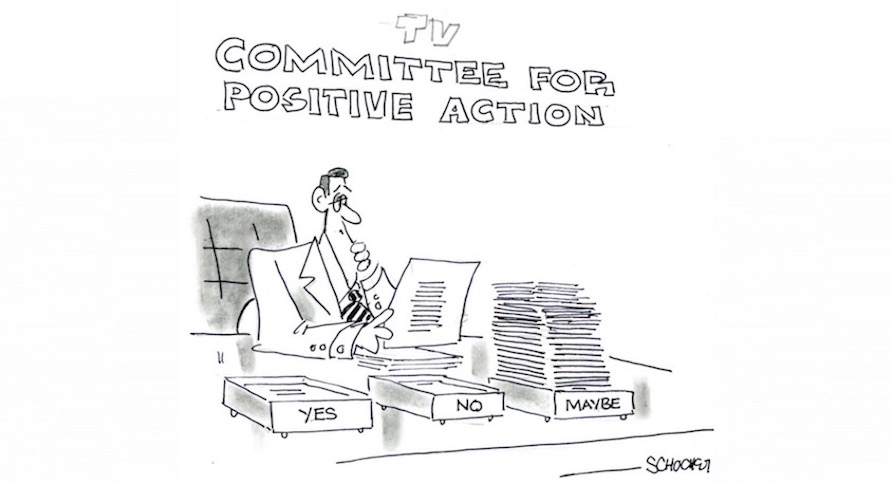The June Issue of VideoAge will explore how the vertical integration model associated with the streaming subscription business has upended a legacy TV industry that, at one point, was compared to a license to print money.
The June Issue of VideoAge will focus on the CEE business, considering that it will be associated with both the Content Warsaw and NATPE Budapest markets, but the key feature will analyze the direct-to-consumer (DTC) model that has taken both the retail and the entertainment business by storm, and in the process put the sectors in the eye of the storm — but without the insurance money to compensate for the damage sustained.
And the damage can be measured in billions of dollars already lost and continuing to be lost without an end in sight, with only a hope of being rescued by the horizontal integration model in which platforms would merge. But it’s doubtful if anti-trust laws will allow it as it reduces competition.
In the DTC process, producers discovered that they had to be vertically integrated, replicating the business of wholesalers, and mastering new businesses like fulfillment and home deliveries. Indeed, DTC shifted storage and shipping costs from wholesalers to producers.
And if the rewards with DTC were potentially higher, so were the risks associated with increased competition, which resulted in higher advertising costs and marketing challenges. In addition, there were more production issues, like releasing new product more often, creating more inventory, developing and packaging, and creating a return policy for products sent back. For those reasons, Nike, last year, returned to selling to retailers in order to clear out merchandise (overstuffed inventory).
The entertainment industry, for its part, jumped into the DTC model and in the process created a subscription economy without first safeguarding its traditional business that was bringing millions in revenues and profits. Now, the clock cannot be turned back and the DTC model is stranded with the high cost factors: cost of acquiring subscribers, cost of production…. and an unclear subscription economy. Would a better model be charging subscribers a monthly or yearly fee?













Leave A Comment